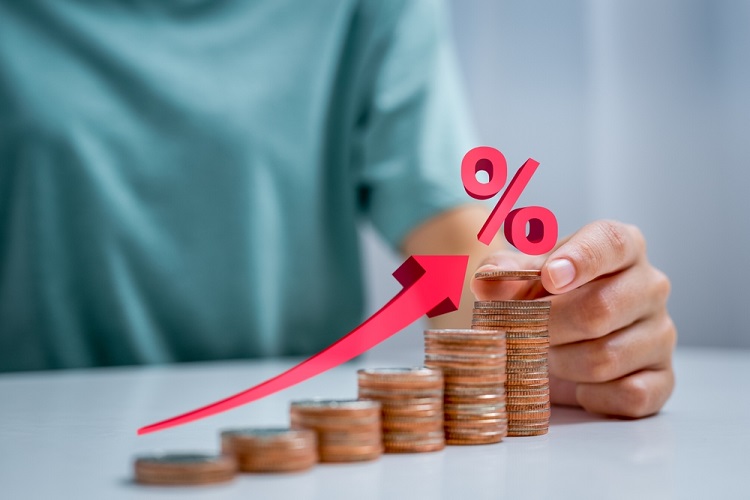How Federal Interest Rates Affect Your Money
Whether you’re planning to make a large purchase (the home of your dreams is finally on the market) or you’re looking to buy an inexpensive used car that’s more about safety than style, one institution can impact nearly all of your financial decisions: the Federal Reserve.
It’s true: the Fed can impact your finances, now and in the future, in three important ways. And it’s worth knowing how.

First, What Exactly Is The Federal Reserve?
The Federal Reserve, also known as the Fed, is the central bank of the U.S. and is undoubtedly one of the world’s most complex institutions. The Fed is recognized as the orchestrator of the world’s largest economy, essentially determining how much it will cost consumers and businesses to borrow money.
When borrowing costs are low, businesses may be more likely to make new investments or hire new workers. Conversely, when borrowing costs are higher, businesses – as well as consumers – may decide to limit their investments and hold off on making costly purchases.
According to Greg McBride, CFA, Bankrate’s chief financial analyst, “Your job security, your portfolio, your debts, and the direction of the economy are all subject to the Fed’s influence. As that price of money changes, it ripples out in a lot of different directions. It impacts the health of the job market, the amount of money that’s flowing in the economy, and the prices of assets at the household level.”
There are three ways that the Fed can impact your finances.

Savings Account And Certificate Of Deposit (CD) Yields
It’s a simple equation: The higher the interest rate, as determined by the Fed, the bigger the earnings for savers. This means that when the Fed raises rates, savers are happy because they’ll see more return on their investments.
Since the Fed’s first rate hike, the average yield on a savings account has more than doubled, and CD yields have also increased. So whether you’re holding onto a standard savings account or looking to put some extra cash into a CD, you’ll be hearing cha-ching more than usual, which is always a good thing.

Your Purchasing Power
The Fed’s interest rate decisions influence more than just the cost of borrowing money and the rewards you’ll reap if you save. Both of these factors can significantly influence the economy overall – including the purchasing power of consumers.
When interest rates are too low, the economy can become overstimulated by the increased flow of money, and before you know it demand can exceed supply, leading inflation to rear its ugly head. And bring on some serious financial headaches.
Higher Fed interest rates can help tamp down inflationary price increases, but consumers won’t feel the impact immediately. For example, higher mortgage rates can slow demand for housing over time, which can ultimately impact home values in the long run.

Interest Rates Set By Banks And Other Lenders
Higher interest rates set by the Fed lead to more expensive borrowing costs whether you’re looking to finance a car, buy a home, or make credit card purchases. How so? Key borrowing rate benchmarks influence some of the most popular loan products such as the prime rate and the Secured Overnight Financing Rate (SOFR). In addition, when interest rates are higher, the availability of money in the financial system usually shrinks, which can contribute to more expensive borrowing.
Liz Ewing, the chief financial officer of Marcus by Goldman Sachs, says, “Borrowing costs tend to increase first after a Fed rate hike. Banks are not required to line up their interest rates with the Fed’s rate, so each bank will respond to the Fed’s rate announcement and adjust rates in their own way.”
It’s important to note that while mortgage rates generally follow the Fed, they don’t necessarily have to lead down the same path. On average, mortgage rates track the 10-year Treasury yield, which tends to rise and fall in accordance with investor demand.
